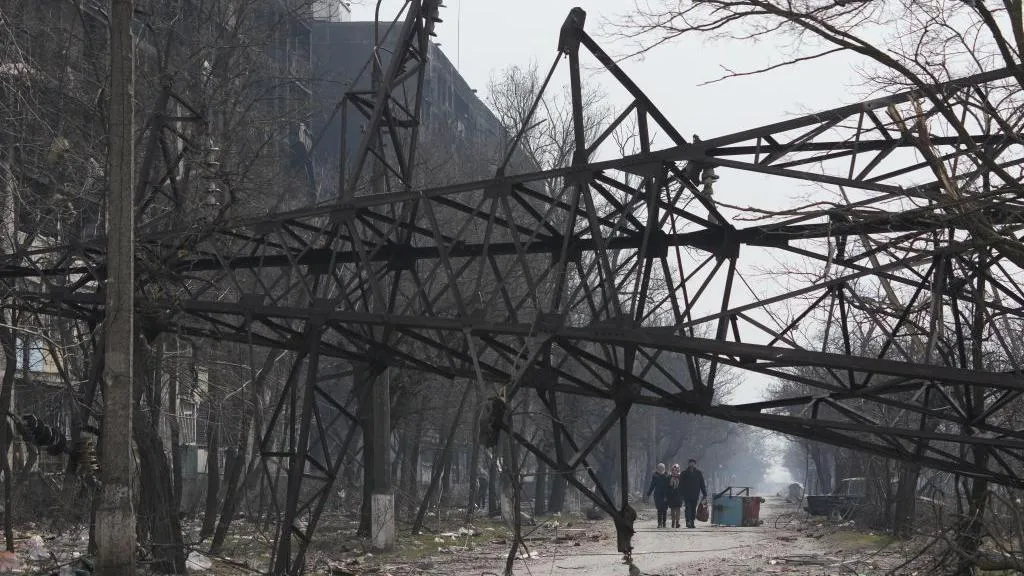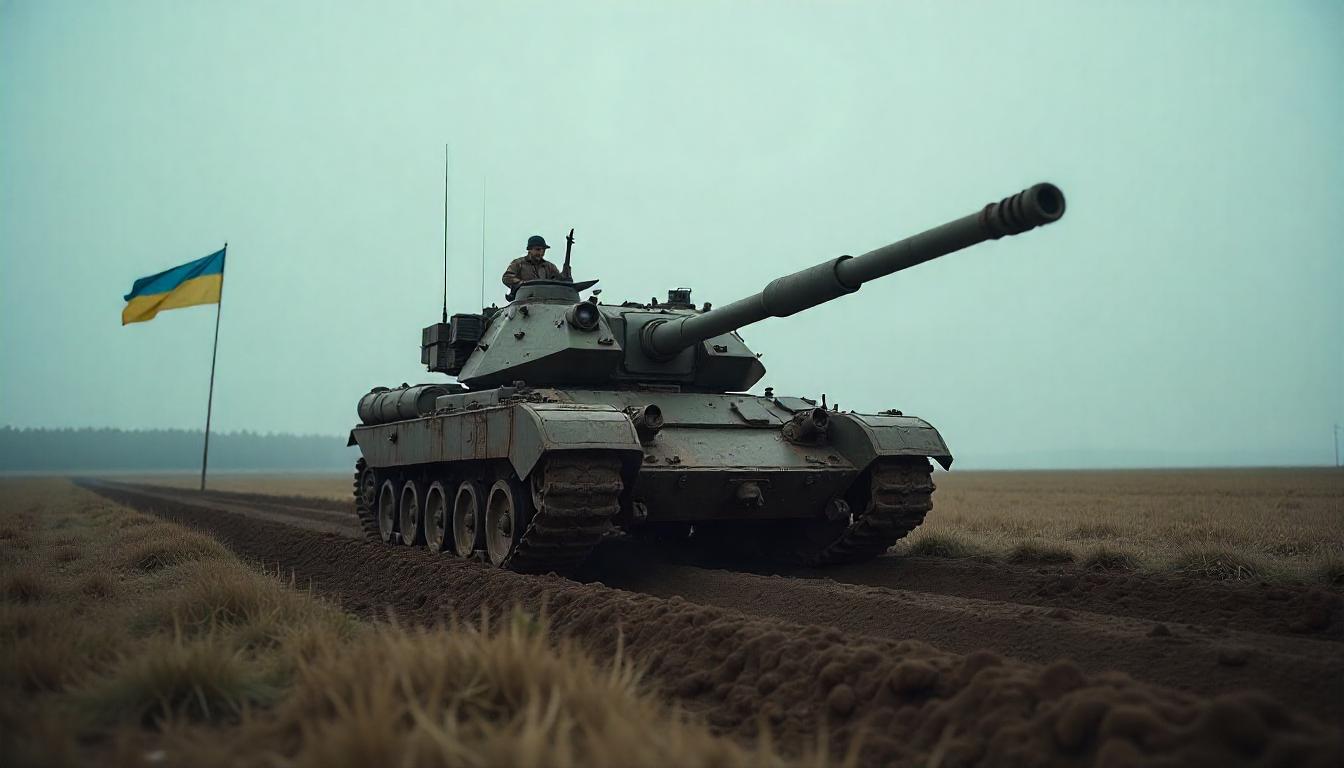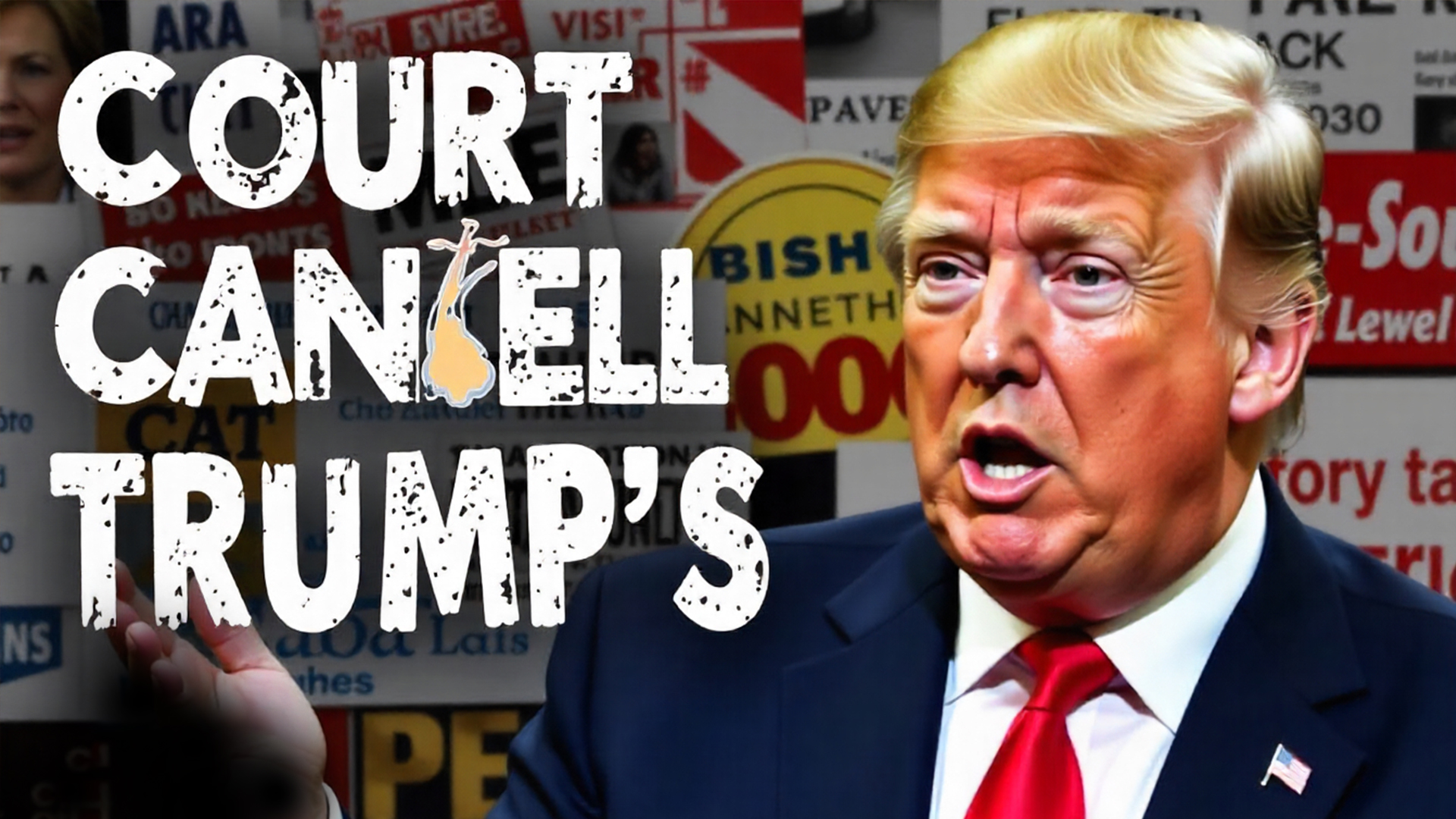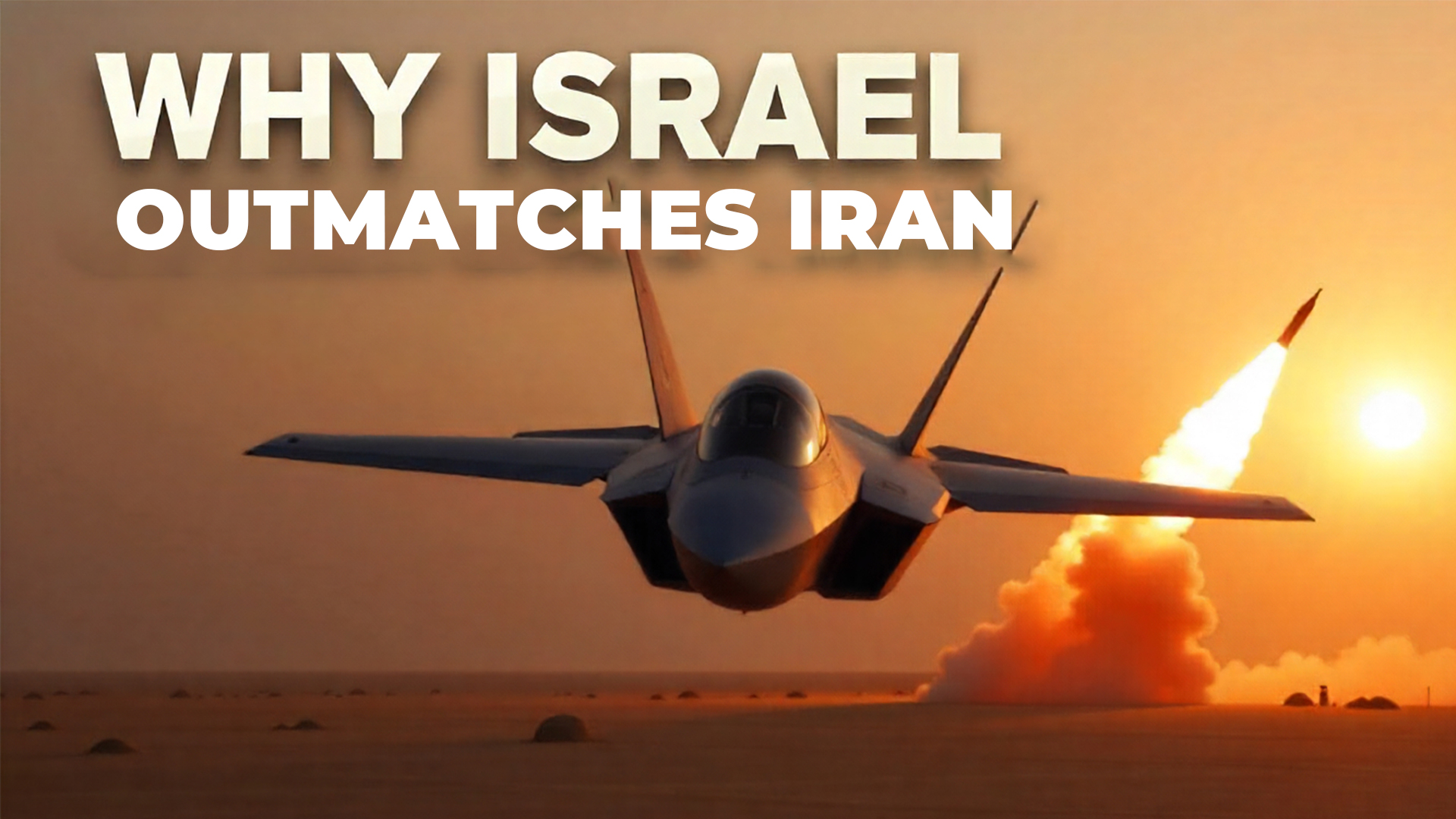A Quick Look Back: How It All Started
The Russia-Ukraine war began in February 2022, when Russian President Vladimir Putin launched a full-scale invasion of Ukraine, claiming to protect Russian-speaking populations and prevent NATO expansion. But behind those claims lay broader ambitions: reclaiming influence over former Soviet territories and reshaping the post-Cold War order.
What the Kremlin expected to be a swift and decisive military operation quickly turned into a prolonged and bloody conflict. The resilience of Ukrainian defense forces, coupled with unprecedented Western support, turned the tide against Russia’s initial goals of regime change and rapid occupation.
How the Korea-Japan-China Trade Deal Changes Everything
Why Russia’s Ground Assaults Keep Failing
1. Overextended Supply Lines and Logistics Failures
One of Russia’s earliest and most persistent weaknesses has been poor logistics. The initial advance toward Kyiv in 2022 failed largely due to overstretched supply chains. Tanks ran out of fuel, troops lacked food, and vehicles were abandoned en masse. This pattern has repeated in other offensives, exposing a systemic issue in Russia’s ability to sustain long-range ground operations.
2. Inflexible Command Structure
Russia’s rigid top-down military hierarchy slows battlefield adaptability. Local commanders often lack the authority to make quick decisions, leading to disastrous delays and uncoordinated assaults. In contrast, Ukraine has empowered junior officers to take initiative on the battlefield, leading to quicker responses and better tactical flexibility.
3. Underestimating Ukrainian Resistance
From the outset, Russia misjudged Ukraine’s will to fight. Ukrainian forces, bolstered by high morale and a sense of national unity, turned cities like Kyiv and Kharkiv into strongholds. Civilian resistance, guerrilla tactics, and local knowledge of the terrain all contributed to blunting Russia’s momentum.
4. High Casualties and Poor Morale
Russian forces have suffered staggering casualties—both in terms of personnel and armored vehicles. With reports of conscripts and poorly trained soldiers sent to the front lines, morale has plummeted. Ukraine, on the other hand, continues to benefit from advanced training programs and volunteer enlistments.
5. Western Weapons Tilt the Balance
The influx of NATO-grade weapons has fundamentally reshaped the battlefield. Javelin and NLAW anti-tank systems destroyed entire Russian convoys early in the war. HIMARS rocket systems and advanced drones later allowed Ukraine to strike deep into Russian-controlled areas with high precision. Russia has struggled to adapt to this technological edge.
Military Tactics: A Clash of Strategies
Russia’s Approach: Mass Firepower and Attrition
Russia continues to rely on heavy artillery barrages followed by waves of infantry—an echo of Soviet-era tactics. This strategy, however, is often slow and comes at a steep human cost. Urban warfare and entrenched Ukrainian positions have made Russian advances costly and unsustainable.
Ukraine’s Counter-Tactics: Mobility and Precision
Ukraine has prioritized asymmetric warfare. With the use of drones, mobile artillery units, and rapid repositioning, Ukrainian forces have turned Russia’s size into a liability. Hit-and-run tactics, ambushes, and cyberwarfare have kept Russian forces off balance.

Mariupol was left in ruins after Russia’s invasion and brutal siege in 2022. Photo: Getty Images
Where the War Stands Today
As of early 2025, frontlines remain relatively static in some areas, but Ukraine has made gains in the east and south using Western tanks and air defenses. Russia continues to bombard infrastructure, hoping to break Ukraine’s resolve, while Ukraine pushes for international backing and continues counteroffensive operations when possible.
Diplomatic solutions remain elusive. While some talks have occurred through intermediaries like Turkey and the UN, no lasting ceasefire has been achieved. War fatigue is setting in globally, but both sides remain entrenched.
The Road Ahead
The failure of Russia’s ground assaults is not just a story of battlefield tactics—it’s a reflection of a broader miscalculation. Putin gambled on a quick victory; instead, he’s facing a united Ukraine and a stronger NATO. Unless Russia reforms its strategy or pursues genuine diplomacy, its ground failures may persist indefinitely.
Ukraine, with continued international support and domestic resolve, may yet reclaim more of its territory. But peace remains a distant goal.





